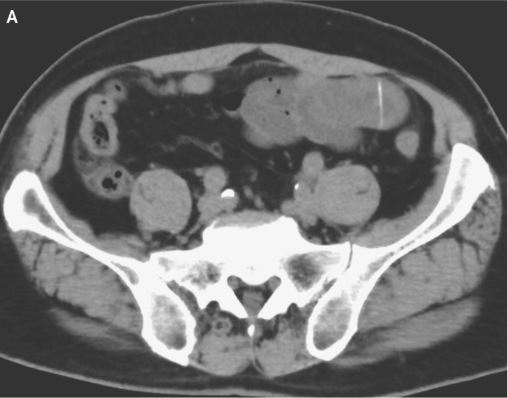When you buy through connection on our web site , we may earn an affiliate charge . Here ’s how it works .
multitude may have gotten their first glance of an anglerfish in the 2003 animate movie " Finding Nemo , " where this Pisces the Fishes ’s frightening mug — including a luminescent hook bourgeon from the top of its head , and a gaping mouth full of orotund , spiky tooth — looms menacingly over the tiny paladin . But the mate behaviour of the deep - ocean - dwelling angler fish , as well as their odd penchant for intimate parasitism , may make them more fit for a horror moving-picture show than a kids ' moving-picture show .
All anglerfish go to the group of fish called the Lophiiformes club , but the mostunusual anglerfishare those of the suborder Ceratioidei , which consist of 160 realize species . These fish can be found throughout the world ’s ocean at depths below 984 feet ( 300 meters ) .

A rare deep-sea anglerfish was spotted by an underwater robot that was exploring the Monterey Canyon ocean trench, a steep seafloor canyon in California.
Unlike other anglerfish , ceratioid anglerfish show extreme sexual dimorphism — that is , females are much bombastic than males . In fact , males of the anglerfish speciesPhotocorynus spinicepscompete for the title of the world ’s smallest craniate . And in the speciesCeratias holboellifemales may be more than 60 times longer and half a million time heavier than males , concord to anglerfish expert Ted Pietsch , curator of Pisces the Fishes at the Burke Museum at the University of Washington .
Both males and females go through metamorphosis as they spring up into adults , Pietsch said . Females gain the large tooth and fleshy tempt the fish are known for , while male often develop large , well - developed eyes and big nostrils . Males also lose their normal teeth and grow a Seth of pincerlike " denticles , " which are toothlike projections that sit down at the front tips of their jaws , and as it turns out , are absolutely necessary for mating .
Males spend their life-time looking for female , consort to Pietsch . In some species , the male person ' highly tuned sense of smelling helps them zero in on distaff pheromones . Other male have developing nostrils , and or else bank on their first-class imagination to find the glowing lures of females .

Once a male finds a female , he apply his denticles to latch onto her , typically in her belly neighborhood , while he ’s upside down . Then , thetissues of the male and female will fuse , and the span ’s circulative organisation will even connect , though it ’s unknown how this happens .
" The exact nature of tissue nuclear fusion has never been studied because of the impossibility ( so far ) of maintaining specimen alive , " Pietsch told Live Science .
After fusing , " the male becomes for good pendant on the female person for blood - transfer nutrients , while the host female person becomes a kind of self - inseminate hermaphrodite , " Pietsch wrote in his review of ceratioid anglerfish , published in 2005 in the journalIchthyological Research . Onceattached , males also grow substantially , becoming much large than any free - swim male ceratioid anglerfish . They remain animated and able-bodied to reproduce as long as their mate subsist .

Unlike with many other animal , female ceratioids have " no choice whatsoever " in their mates , Pietsch say . And in some anglerfish , such asCryptopsaras , female person may even become basically a boniface for many male person — sometimes carrying up to eight parasitic mates .
When the female person is quick to procreate , fecundation takes station externally , with the partner releasing their sperm and eggs into the water at the same time . This is true even for females with multiple manly mates . The synchroneity of this sperm and egg release is likely arranged throughhormonal communicating , Pietsch allege .
Interestingly , some ceratioids have a trait that scientists call " obligatory parasitism , " meaning that the fish do n’t become sexually mature until they ’re conflate with a partner . What ’s more , a male will kick the bucket if he does n’t chance a female within the first few months of his life .

Many other ceratioid anglerfish are nonparasitic — a male will latch onto the female , release his sperm while she releases her eggs and then swim off . In these cases , the pair ’s tissues never meld .














